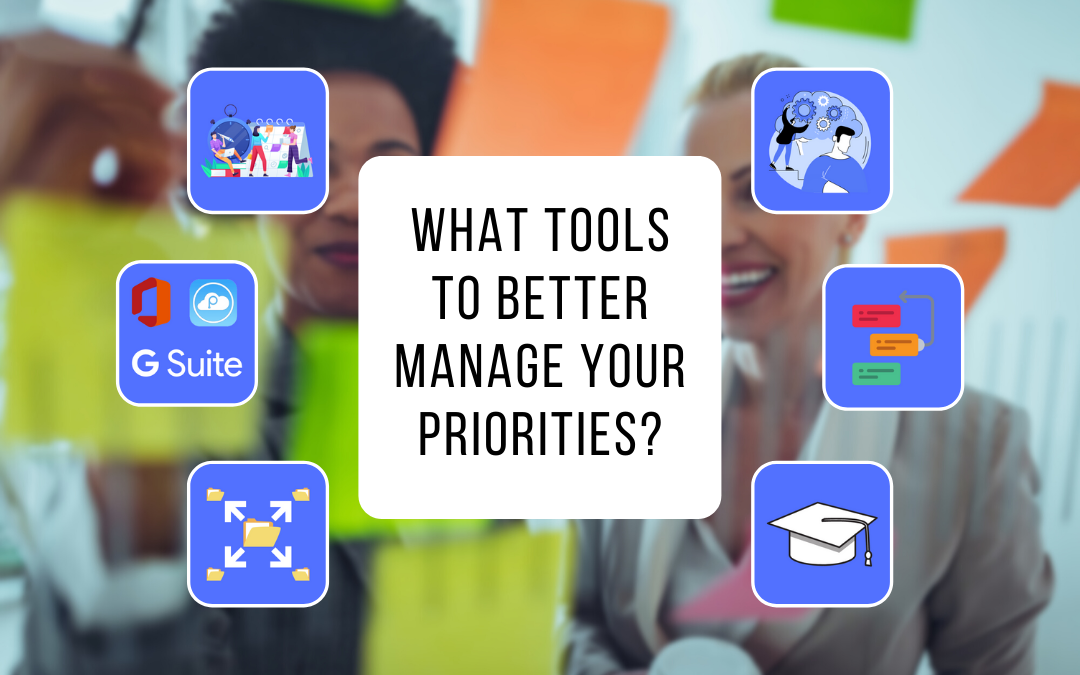Create to-do lists and order them
As we have discussed in several articles, the prerequisite for any priority management strategy is to creating a list of what you have to do.
It is therefore necessary that your tool allows you to simply create these lists of actions without going through complex menus and headings. It is also necessary that each action can be ordered and thus positioned at the right place in the list. This feature will allow you to know which actions you need to complete to achieve a goal and in which order they should be done.


Prioritize also in time
The “Time” factor is essential in effective priority management because it corresponds to the degree of urgency of an action.
By choosing a tool that allows you to enter a due date for each action, you will be able to easily identify the actions to be taken immediately. This information also allows us to have a commitment to deliverability and therefore to be able to plan the implementation of other actions that result from it.
So, if my “Delta” action cannot be completed until the “Alpha” action is completed, I can schedule “Delta” only if I have a due date for “Alpha”.
Determine what is urgent and what is important
In connection with the Eisenhower matrixFor such a tool, it is important to be able to determine which actions are important (to meet long-term goals) and which are urgent (to meet short-term goals). This will help in several other features such as prioritizing actions.

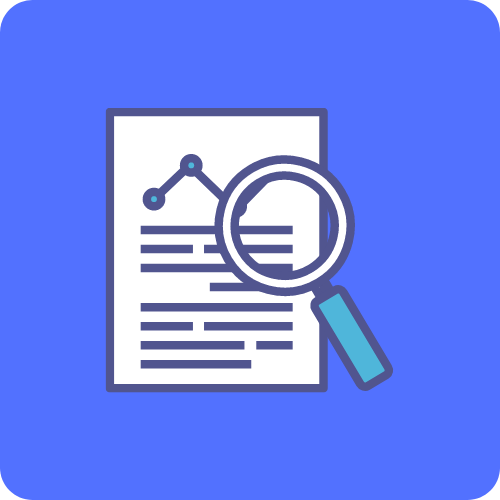
Visualize action plans and be able to sort them
The objective of a good priority management tool is to allow “to see what we have to do“. You should therefore avoid solutions that do not allow you to display all your action plans.
For example, if you have several folders with an action plan each, the tool must propose a way to display the actions in a transversal way, whatever the folder it belongs to. With a segmented view, there is always a risk of missing something.
Delegate actions
When you have a tool that is supposed to help you manage your priorities better, it is essential to have a feature that allows you to delegate. Because most of the time we will tend to want to do everything alone, which will make us waste a lot of time. A feature like this allows you to see if a person has more time or is more specialized to perform an action that is not urgent and not important for the finalization of the objectives.

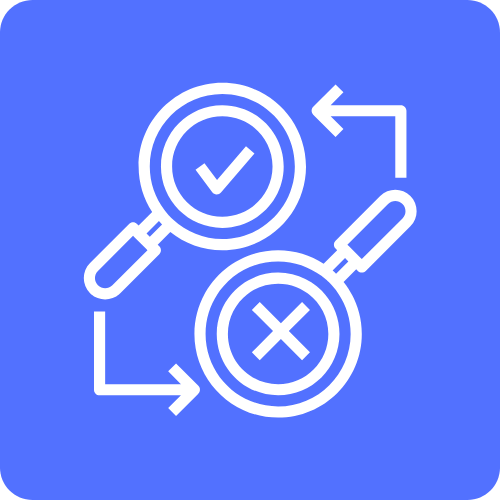
Distinguish between tasks to be done and tasks delegated
If we apply well the Eisenhower’s advice of good priority managementUrgent but unimportant actions should be delegated. But that doesn’t mean we should lose sight of them.
A good tool will allow you to make this delegation while keeping an eye on it.
If there is no such feature, then either you will keep the action in your action plan and spend valuable time doing a less important action, or you will have no information about its completion.
Reduce the number of actions that are too large
Another difficulty that must be anticipated, the difference in granularity of the actionsThis is because not all actions have the same volume of time. Some actions will take a few minutes, others several hours or days. So, as to face a complex problem, it is necessary to break it down into a series of small problems to be solved, it is important to be able to break down a large action into a sum of smaller actions which can be tasks or sub-actions according to the software editors.
Then you can tackle these actions and for the best tools, you can even delegate some of them. Imagine the time savings!
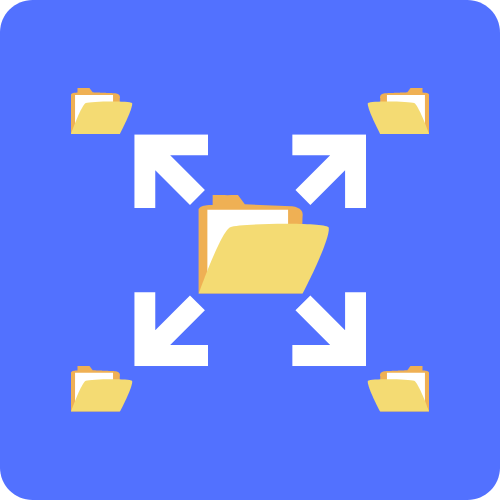

Identify delays
A delay in completion is a symptom. To keep your organization running smoothly, you need to be able to easily identify delays and in an agile way provide a solution to close the gap.
Without this display of delays, problem actions will only accumulate more and more difficulties. Thus, a person who is well organized in his or her work will take care to clear his or her action plan of any overdue actions.
Easily handle action plans
In a study study conducted by PerfonyIn a recent study, we learned that it took more than an hour for one out of two employees to find their shares (55% to be precise). How to be efficient in these conditions?
For a good management of your time, it is therefore essential that your action plan is not a fixed list, but that your software allows you to make filters and searches and then display the results according to your personal criteria.

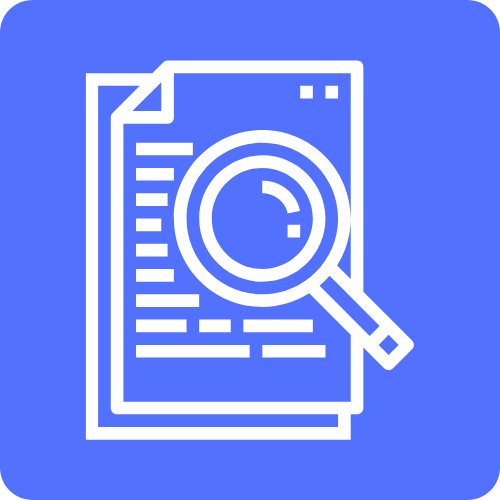
Find hidden, dormant or very old actions
Just as important as the previous functionality, the search for “hidden”, “missing”, “sleeping” or very old actions must be fast and efficient. Because in all organizations there are this type of actions, permanently postponed or out of the radar of the managers or hidden by other more priority actions.
A good tool will allow you to bring them up quickly so that no action is lost.
Access my action plan at any time
There is no time to be effective. You can manage your priorities in the office, on the train, over a sandwich or in a meeting. Your plan must therefore be accessible at all times.
We therefore advise you to choose a tool that is accessible on your computer as well as on your smartphone, ideally as an app. Some are also embedded in Microsoft Office or Google Suite environments and are integrated into task management systems to save you time.
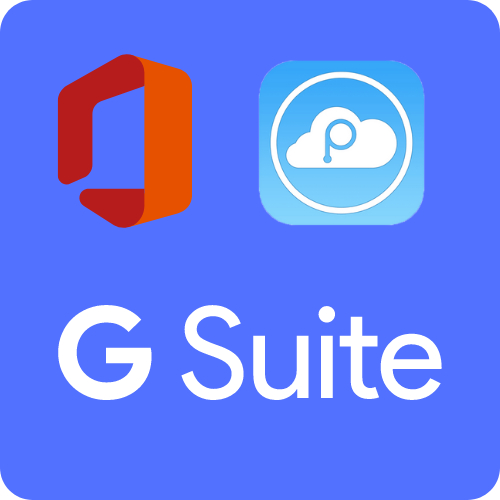

Analyze action plan data
Last but not least, look for solutions that offer reports. Still with this visual management objective in mind, we recommend that you choose a tool that will offer you tools to analyze your activity and ideally create your own reports in the form of graphs. So nothing will escape you.
One more thing…
There are many digital tools to help you manage your priorities and there really is something for everyone. But beware of simplistic solutions. Messages such as “totally intuitive use“is often translated into “Don’t rely on us if you have a problem.“The wrong choice will waste your time, and that’s your most valuable resource; don’t waste it.
Do you want a last practical tip to quickly detect a serious and professional tool? Take a look at the editor’s website and see if there is any documentation on the use of the tool or offers of support, training etc… This doesn’t mean that you have to subscribe to it, but it is a proof that there is a team behind it that will help you in case of problems.

